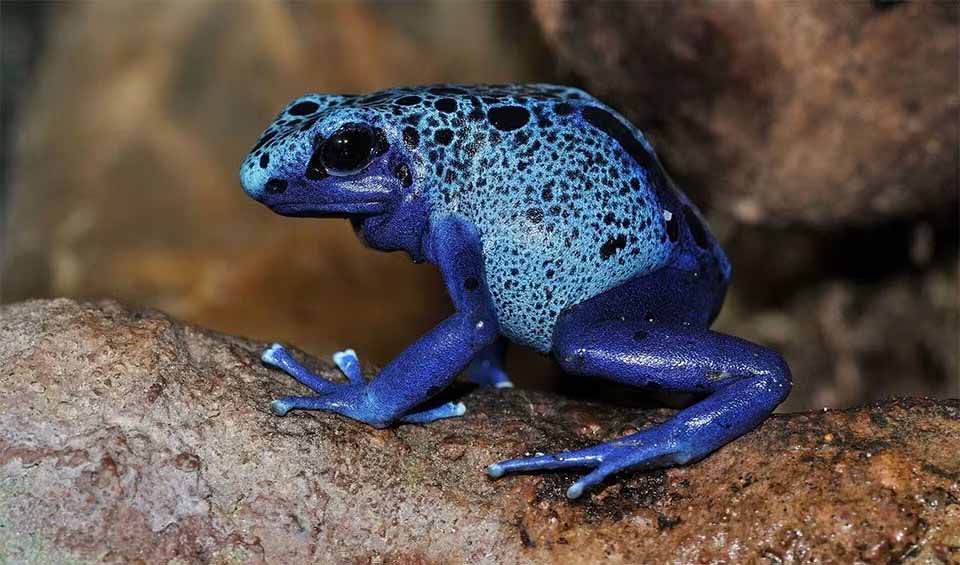Dendrobates
Once contained numerous species, now includes only 5 large to medium-sized poison dart frogs
A group of diurnal amphibians renowned for their stunning and vibrant colors commonly known as poison dart frogs. These frogs often display striking hues of solid red, yellow, or orange, and some are adorned with bold stripes or crossbars. These brilliant color patterns are believed to serve as warning signals to deter potential predators, indicating their toxicity or unpalatability.
Within the genus Dendrobates, there are five recognized species, each possessing its unique set of coloration and adaptations. Despite their dazzling appearances, all these species are currently designated as Least Concern by the IUCN. This classification suggests that their populations are relatively stable and they are not facing immediate threats of extinction.
Dendrobates frogs are known for their interesting reproductive behaviors. They breed throughout the year, provided there is sufficient rainfall to maintain suitable breeding sites. These frogs engage in elaborate courtship rituals that involve vocalizations, physical displays, and intricate interactions between males and females. These behaviors contribute to the successful reproduction of these vibrant amphibians.
One of the most distinctive characteristics of poison dart frogs is their toxicity. They are equipped with potent skin toxins, which are believed to be derived from their diet of certain ants and other arthropods in their natural habitat. These toxins serve as a formidable defense against potential predators. Indigenous people have utilized these toxins to poison the tips of blowdarts and other projectiles for hunting, hence the common name “poison dart frogs.”
Species in this genus
Blue poison dart frog
“The jewels of the rainforest”


